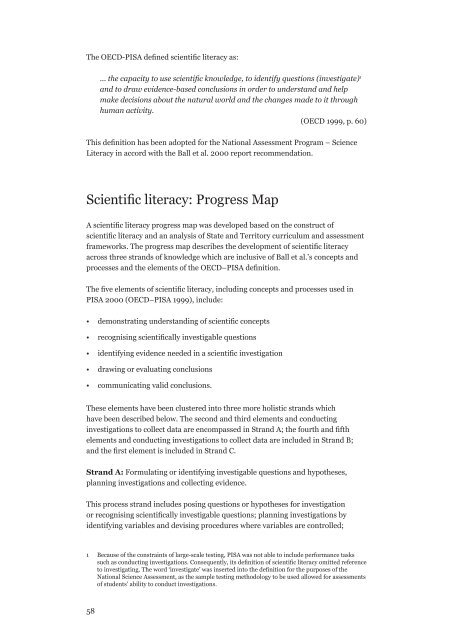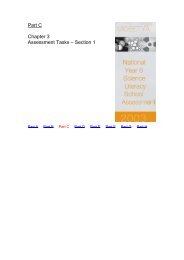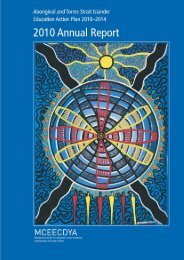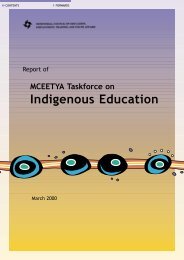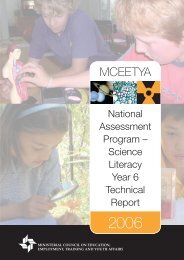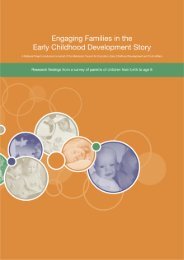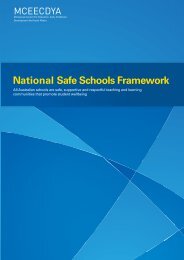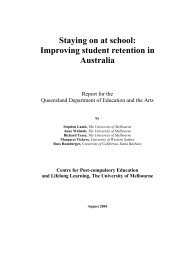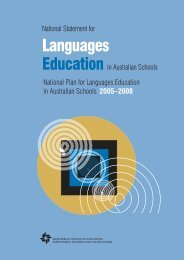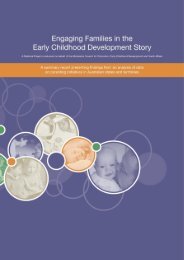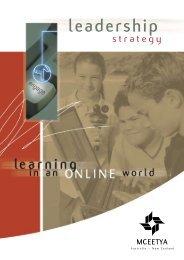Science Literacy 2006 school release materials - NAP
Science Literacy 2006 school release materials - NAP
Science Literacy 2006 school release materials - NAP
You also want an ePaper? Increase the reach of your titles
YUMPU automatically turns print PDFs into web optimized ePapers that Google loves.
The OECD-PISA defined scientific literacy as:... the capacity to use scientific knowledge, to identify questions (investigate) and to draw evidence-based conclusions in order to understand and helpmake decisions about the natural world and the changes made to it throughhuman activity.(OECD 1999, p. 60)This definition has been adopted for the National Assessment Program – <strong>Science</strong><strong>Literacy</strong> in accord with the Ball et al. 2000 report recommendation.Scientific literacy: Progress MapA scientific literacy progress map was developed based on the construct ofscientific literacy and an analysis of State and Territory curriculum and assessmentframeworks. The progress map describes the development of scientific literacyacross three strands of knowledge which are inclusive of Ball et al.’s concepts andprocesses and the elements of the OECD–PISA definition.The five elements of scientific literacy, including concepts and processes used inPISA 2000 (OECD–PISA 1999), include:• demonstrating understanding of scientific concepts• recognising scientifically investigable questions• identifying evidence needed in a scientific investigation• drawing or evaluating conclusions• communicating valid conclusions.These elements have been clustered into three more holistic strands whichhave been described below. The second and third elements and conductinginvestigations to collect data are encompassed in Strand A; the fourth and fifthelements and conducting investigations to collect data are included in Strand B;and the first element is included in Strand C.Strand A: Formulating or identifying investigable questions and hypotheses,planning investigations and collecting evidence.This process strand includes posing questions or hypotheses for investigationor recognising scientifically investigable questions; planning investigations byidentifying variables and devising procedures where variables are controlled;Because of the constraints of large-scale testing, PISA was not able to include performance taskssuch as conducting investigations. Consequently, its definition of scientific literacy omitted referenceto investigating. The word ‘investigate’ was inserted into the definition for the purposes of theNational <strong>Science</strong> Assessment, as the sample testing methodology to be used allowed for assessmentsof students’ ability to conduct investigations.58


